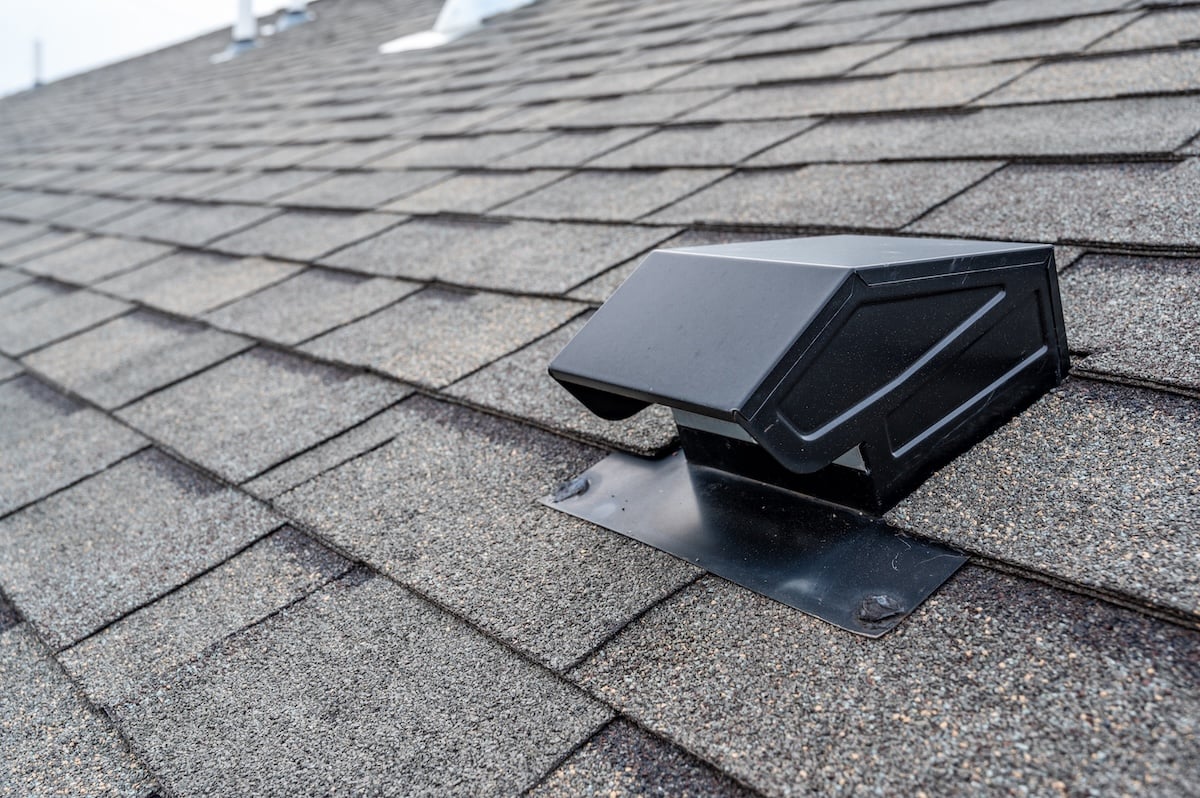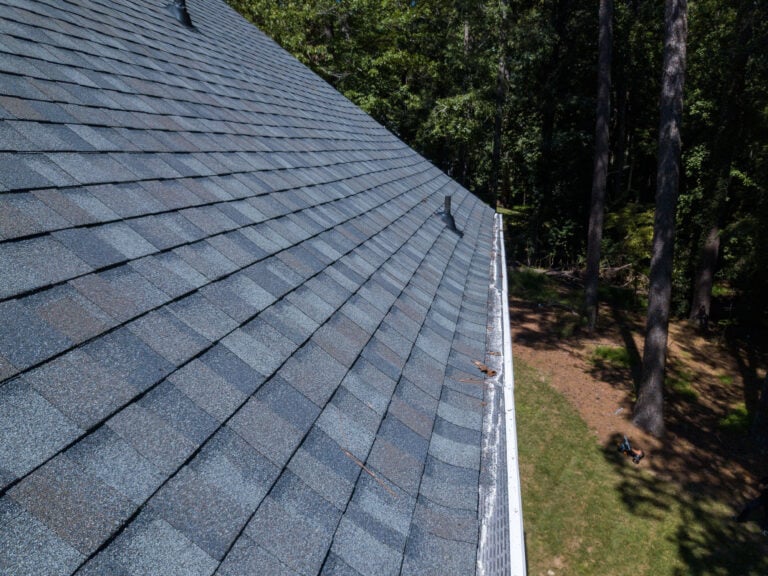If you’ve ever noticed water stains on your ceiling or smelled mildew near your attic, you might assume your roof is failing. But surprisingly, one of the most common causes of roof leaks isn’t missing shingles—it’s your vent pipe flashing.
This small but critical component helps seal your plumbing vent pipes, keeping rain and debris out of your roof system. When flashing becomes cracked, loose, or clogged, it can allow water to sneak in and cause significant damage before you even spot the first drip.
A proper roofing inspection can help identify the cause and extent of flashing damage before it turns into a bigger repair bill. You can explore professional roofing services to ensure your flashing and roof components are in peak condition.
In this homeowner’s guide, you’ll learn:
- What vent pipe flashing does and why it’s important
- How to spot leaks or blockages early
- Step-by-step methods to diagnose the issue
- Common causes of vent flashing damage in Oklahoma
- When to call in a roofing expert for repairs
Why Vent Pipe Flashing Matters
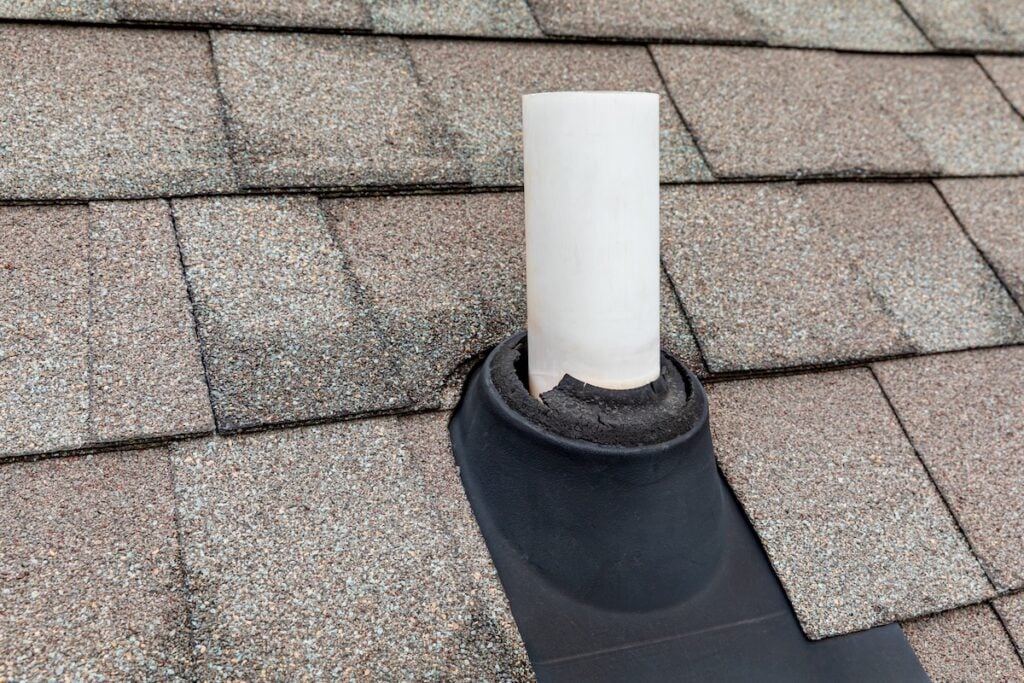
Many homeowners are unaware of how vital vent pipe flashing is to their roof’s integrity. It might look like a simple metal or rubber collar around a pipe, but its purpose is essential. Without properly sealed flashing, even a small gap can let water seep into your attic, insulation, and drywall.
Here’s why this small part deserves big attention:
- Prevents Roof Leaks: The flashing forms a watertight seal where plumbing pipes exit your roof, keeping rainwater from sneaking in.
- Protects Structural Integrity: Water intrusion can rot decking, damage framing, and weaken your home’s foundation over time.
- Maintains Energy Efficiency: Moisture buildup in insulation reduces its effectiveness, raising your energy costs.
- Extends Roof Lifespan: When flashing is maintained, your shingles and underlayment stay in better shape for years.
- Reduces Repair Costs: Catching flashing problems early prevents more expensive roof and drywall repairs later.
Understanding the importance of vent pipe flashing can help you address small issues before they turn into costly leaks.
5 Steps to Find and Fix Flashing Problems
Diagnosing vent pipe flashing issues doesn’t require specialized tools, but it does take careful observation and patience. Below are practical steps homeowners can take to identify and understand what’s happening before calling in a professional.
1. Inspect the Area Around the Pipe
Start by checking the area where the vent pipe exits your roof. This is the most common place for water to get in if flashing has failed.
Look for:
- Cracked or dried-out rubber boots
- Lifted or missing shingles around the pipe
- Rust or corrosion on metal flashing
- Water stains or dark spots on the ceiling beneath
If you notice moisture inside your attic near the pipe, your flashing may no longer be sealing properly.
2. Check for Clogged Vent Pipes
If your flashing seems intact but you notice slow drains, gurgling toilets, or foul odors, your plumbing vent pipe might be clogged. When vent pipes get blocked by debris, leaves, or even animal nests, pressure builds up in your plumbing system and can force air or water through weak flashing seals.
To check for clogs:
- Carefully climb to your roof using a stable ladder.
- Look inside the top of the vent pipe.
- Use a flashlight or small mirror to spot obstructions.
Never stick your hand inside a vent pipe. Instead, use a plumber’s snake or call a professional to clear it safely.
3. Examine the Flashing Boot for Damage
Most vent pipe flashing includes a rubber or silicone boot that fits snugly around the pipe. Over time, sunlight and temperature changes cause this material to crack or shrink.
Signs your boot needs replacement:
- Visible cracks or splits
- Gaps between the boot and the pipe
- Loose nails or missing caulking around the base
If your roof is older than 10 years, check the flashing during every seasonal inspection to prevent leaks from going unnoticed.
4. Test for Leaks with a Controlled Water Flow
If you’re unsure whether the flashing or shingles are to blame, you can test the area using a garden hose.
How to test safely:
- Have one person spray a slow, steady stream of water around the vent pipe.
- Another person should check inside the attic with a flashlight for any dripping or wet spots.
- Start from the bottom and move upward gradually.
If water seeps in during the test, your flashing seal is likely compromised.
5. Inspect the Underlayment and Decking
When flashing leaks go untreated, moisture can penetrate deeper layers of your roof system. Lift a few nearby shingles to check for soft or discolored underlayment and decking.
Common signs of water damage include:
- Soft or spongy wood
- Mold growth
- Dark staining or odor of mildew
At this point, it’s best to contact a roofing professional to evaluate the extent of the damage and recommend the right fix.
Common Causes of Vent Pipe Flashing Issues
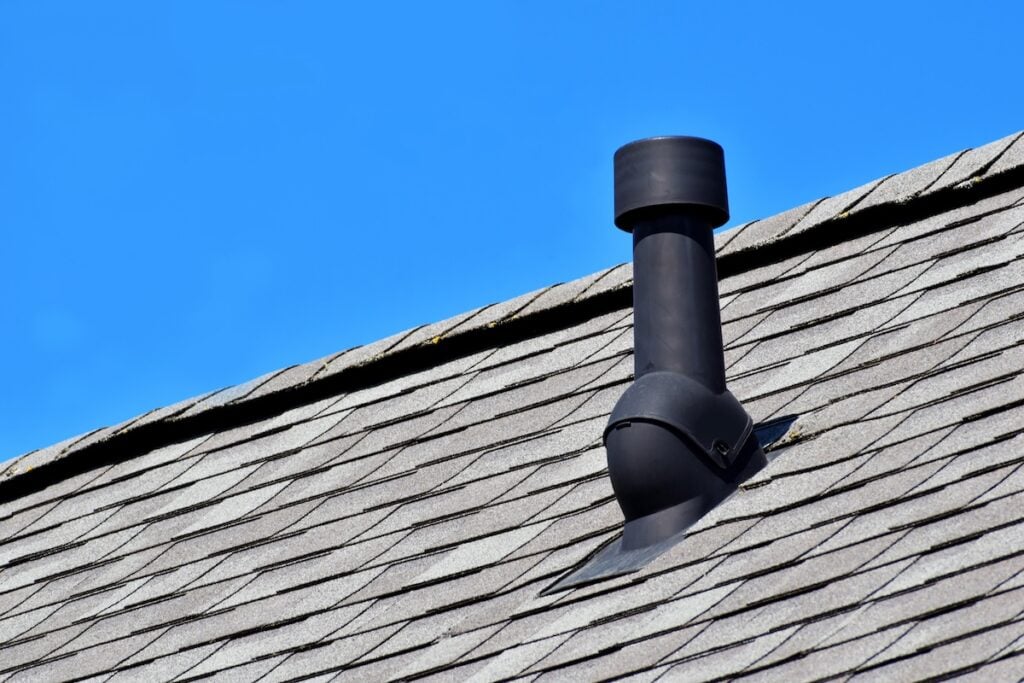
Understanding what causes vent pipe flashing to fail can help you prevent future leaks. The Oklahoma climate—especially in areas like Moore and surrounding communities—creates specific challenges that make routine maintenance essential.
Weather Exposure
Oklahoma’s high winds, hailstorms, and UV intensity accelerate wear on roof components. Rubber flashing boots tend to dry out and crack faster under prolonged sun exposure.
Poor Installation
If the flashing wasn’t installed correctly, even new roofs can develop leaks. Flashing must be sealed tightly against the pipe and properly integrated beneath the shingles to direct water flow away from the penetration.
Roof Aging
As roofs age, shingles can curl, nails can pop, and the flashing seal can loosen. These small gaps often go unnoticed until the next major storm.
Animal or Debris Damage
Birds, squirrels, and even insects sometimes chew or nest around vent pipes, damaging the flashing boot or leaving debris that clogs the pipe opening.
Improper Repairs
Using generic caulking or patching compounds as a quick fix may temporarily stop leaks but often leads to more damage later. Professional-grade flashing replacement is the only long-term solution.
Repair or Replace? How to Decide
Once you’ve identified a flashing issue, you’ll need to determine whether it can be repaired or if a full replacement is necessary.
Repair is possible when:
- Damage is limited to small cracks or loose nails.
- The rubber boot is still flexible and can be resealed.
- No water damage has spread into the decking.
Replacement is recommended when:
- The boot or metal base is deteriorated or brittle.
- The leak has existed for several months.
- Decking or underlayment shows signs of rot.
Professional Repair Process
A certified roofing technician will:
- Remove shingles around the damaged area.
- Detach old flashing and clean the surface.
- Install new vent flashing with sealant and nails.
- Reinstall shingles to ensure seamless coverage.
This process typically takes less than a day for one vent pipe but prevents years of future issues.
Local Roofing Considerations for Moore, OK and Surrounding Areas
In Moore, OK and surrounding areas, vent pipe flashing issues are especially common due to frequent windstorms and sudden temperature swings. Local roofing professionals understand these conditions and can recommend materials designed for Oklahoma’s environment.
Regional recommendations include:
- UV-resistant rubber boots or silicone collars.
- High-quality sealants designed for heat variation.
- Regular post-storm inspections to catch early damage.
- Reinforced flashing systems for steep-slope roofs.
Local experience matters because roofing solutions that perform well in mild climates may fail faster in Oklahoma’s extremes.
Local FAQs – Vent Pipe Flashing in Moore, OK
- How long does vent pipe flashing last?
Typically, flashing lasts between 10 and 15 years, but Oklahoma’s weather can shorten that lifespan if maintenance is neglected. - Can I replace vent pipe flashing myself?
Small repairs may be DIY-friendly, but full replacements should always be handled by professionals to ensure a watertight seal and warranty protection. - Why does my vent pipe leak only during heavy rain?
Heavy rain combined with strong wind can force water under loose shingles or cracked flashing boots, revealing leaks that otherwise stay hidden. - What’s the best flashing material for Oklahoma homes?
Metal flashing with a flexible rubber or silicone boot provides the best long-term performance against temperature swings and high winds. - Does homeowners insurance cover flashing leaks?
If the damage results from a covered peril (like wind or hail), your insurance may help cover repair costs. Always document damage and consult your provider.
How to Prevent Future Flashing Problems
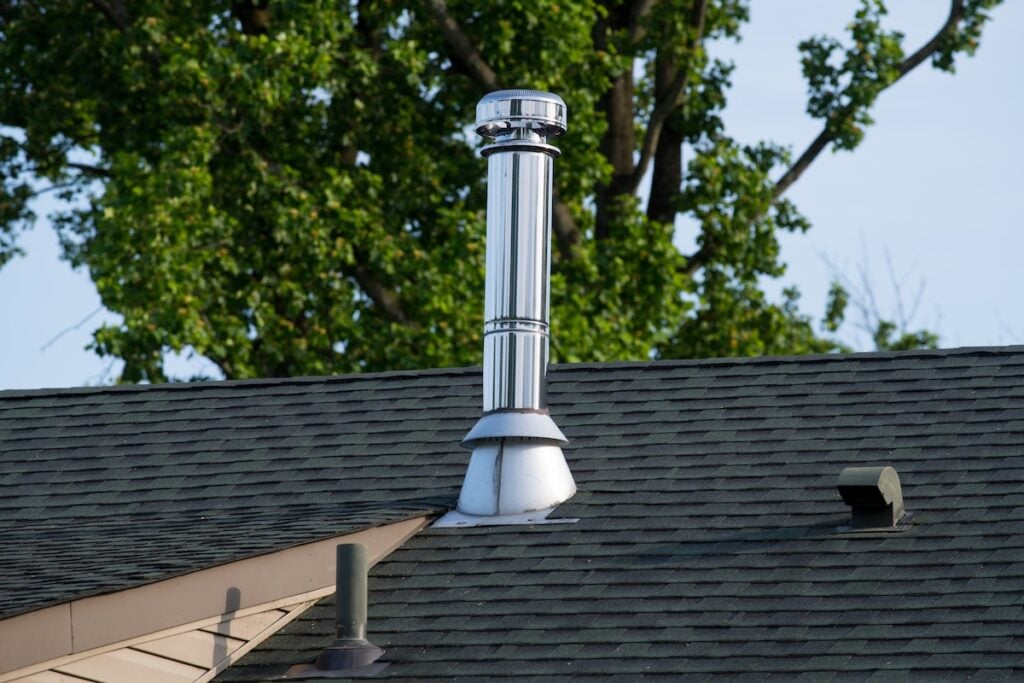
Proper maintenance is the key to keeping your vent pipe flashing in good condition. Here’s how to reduce your risk of leaks year after year.
- Schedule annual roof inspections: A professional can identify small issues before they become major leaks.
- Check after major storms: Oklahoma’s severe weather often damages flashing without visible signs from the ground.
- Clean gutters regularly: Clogged gutters can trap water on your roof, increasing stress on flashing seals.
- Trim overhanging trees: Branches and debris can scrape or dislodge flashing during storms.
- Monitor attic humidity: High moisture can cause condensation that mimics a flashing leak.
Staying proactive helps preserve your roof’s structure and ensures your flashing lasts as long as possible.
When to Call a Roofing Professional
If you’ve found signs of leaking or damaged vent pipe flashing, don’t delay repairs. Moisture intrusion can spread quickly, causing expensive interior and structural problems.
A professional roofer will use specialized tools and materials to ensure your flashing is sealed correctly, vent pipes are cleared, and your roof system is watertight.
Palladium Roofing proudly serves Moore, OK and surrounding areas, providing dependable roof inspections, flashing replacements, and complete roofing solutions that protect your home from the top down. For expert guidance or to schedule a detailed roof evaluation, contact us today.


